Personal style — as obvious as it may seem — should be representative of your personality and history. It serves as a record of your lived experiences and upbringing: friendship bracelets from middle school, band tees showing the local artist your uncle loves, or sweaters your mom gifted for Christmas on that particularly cold winter.
All these unique pieces have a story behind them — they showcase a life. Yet, with the rise of social media increasingly dictating the fashion scene, this hasn’t been the case.
Instead, we’re witnessing the commodification of authenticity itself.
Try to recall every trend from 2024. Even if you work for Vogue, you’re bound to be a little stumped.
Now, think back to the 20th century. Fashion from the ‘70s, ‘80s, ‘90s, and even early 2000s is defined by clear-cut aesthetics. Bold colors, bell bottoms, and floral prints marked the ‘70s, synonymous with hippie culture, while the ‘80s were emblazoned with shoulder pads, neon spandex, and acid-wash denim — all reflective of the social landscape of its time. The ‘90s were defined by draped clothes, minimalism, and the grunge movement, and the early 2000s, often labeled Y2K in recent years, had its signature low-rise jeans, tube-tops, and metallic fabrics.
The 2020s are a different scenario.
In the past, fashion typically followed a predictable five-stage life cycle. Trends would emerge slowly, reach a peak, and then fade out, only to be resurrected years later. Now, they are born and discarded at a breakneck pace.
This rapid churn isn’t just a reflection of our insatiable appetite for novelty — it’s a result of how fashion is produced and consumed. With an estimated 92 million tons of clothes discarded every year, and 10% of our global carbon footprint produced by the clothing economy, the fashion industry has shifted to a production model that mimics our digital lives.
Take, for example, Kylie Jenner’s 2023 line of “dirty denim,” a collection of jeans that were pre-distressed, pre-stained, and slathered in a distressed penicillin wash to give the appearance of a thick, waxy mud coating, turning a concept once rooted in lived experience into a luxury product.
Why actually get your hands dirty when you can just look like you did?
Today, people care more about selling personal style than helping to cultivate it. Style, once a reflection of your personal identity, has become about materialism and the pursuit of the right aesthetic, rather than being an authentic expression of self.
The way we approach style now mirrors how fashion is manufactured: like a factory line — fast, formulaic, and designed for quick consumption.
Authenticity has become a commodity to be acquired instead of a quality to be developed.
Personal style is arguably one of the most defining expressions of identity — when honed, it not only shapes how you see yourself but also how others perceive you.
It’s not just about the clothes you wear; it’s about the story you tell.
But a personal style narrative has a hard time thriving in a world where individuality is curated by algorithms.
Take, for instance, the peak of the “Barbie” press rollout, when Pinterest and every fashion magazine was toppled by landslides of “Barbie-core.” Instead of reworking entire wardrobes into head-to-toe pink, people grabbed sparkly tops or accessories that nodded to the trend. This shift may seem practical on the surface — dabbling without fully immersing. But beneath that, it reflects a deeper reality: aesthetic categories, once thought to represent a sense of cultural moment, have always been marketing tactics — and now they’re more fleeting than ever.
Wardrobes, once curated to reflect personality, are now jam-packed with what’s been dubbed the “microtrend final boss” — a hodgepodge of overhyped pieces plucked from TikTok’s endless stream of viral fashion. Rather than expressing individuality or creativity, the result feels less like eclectic creativity and more like unchecked consumerism, fanning the flames of an industry that dumps 85% of textiles each year through fast fashion.
This is not just about clothing; it’s a reflection of our online lives.
Trends, however, aren’t inherently bad. They can provide an accessible entry point for people to experiment and express themselves without reinventing the wheel.
The problem lies in the fact that no one’s bothering to go beyond the wheel anymore.
Fashion has always recycled itself. Trends were never truly about creating something entirely new; they’ve always been about evolution, about reshaping what came before. What’s different now is the speed at which trends emerge and vanish. What used to unfold over years now plays out in weeks or even days.
Until we slow down and reclaim what fashion once offered — a true reflection of identity — we’ll remain stuck in this cycle of consumption, forever chasing the next trend rather than embracing the personal style we deserve.

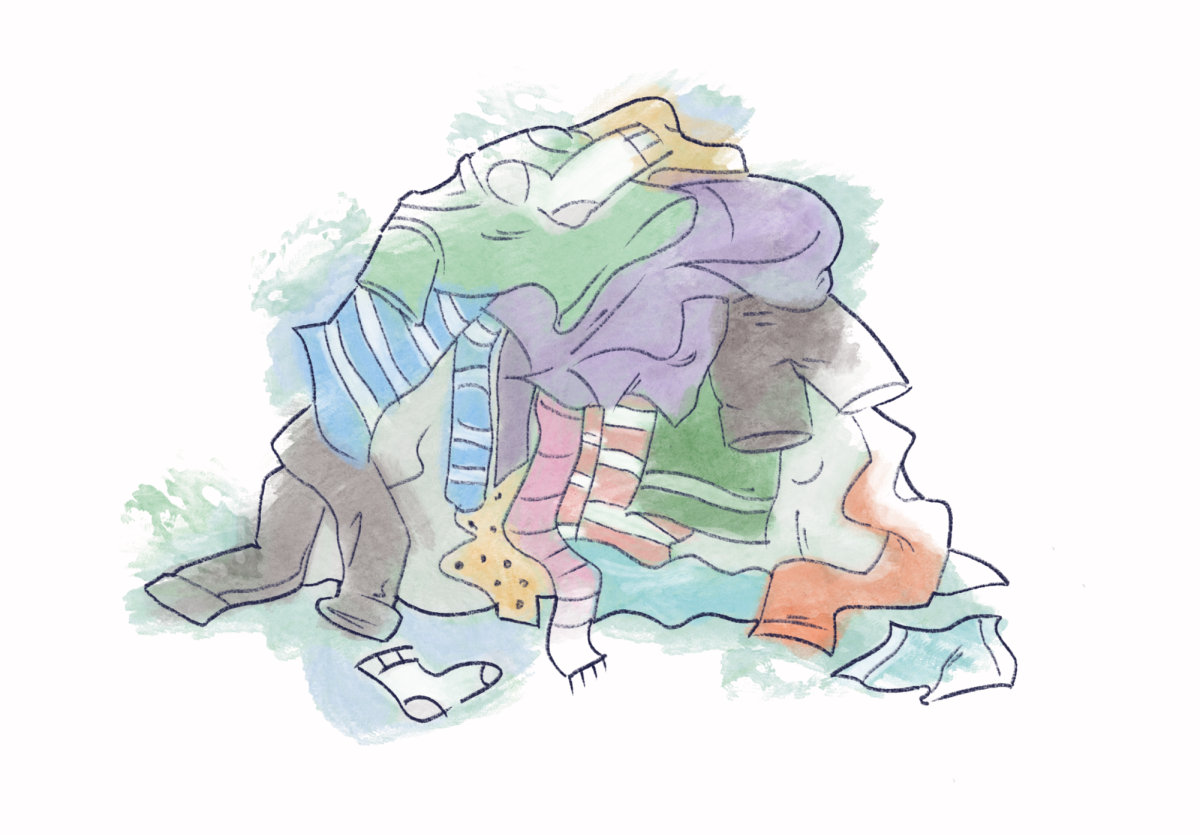
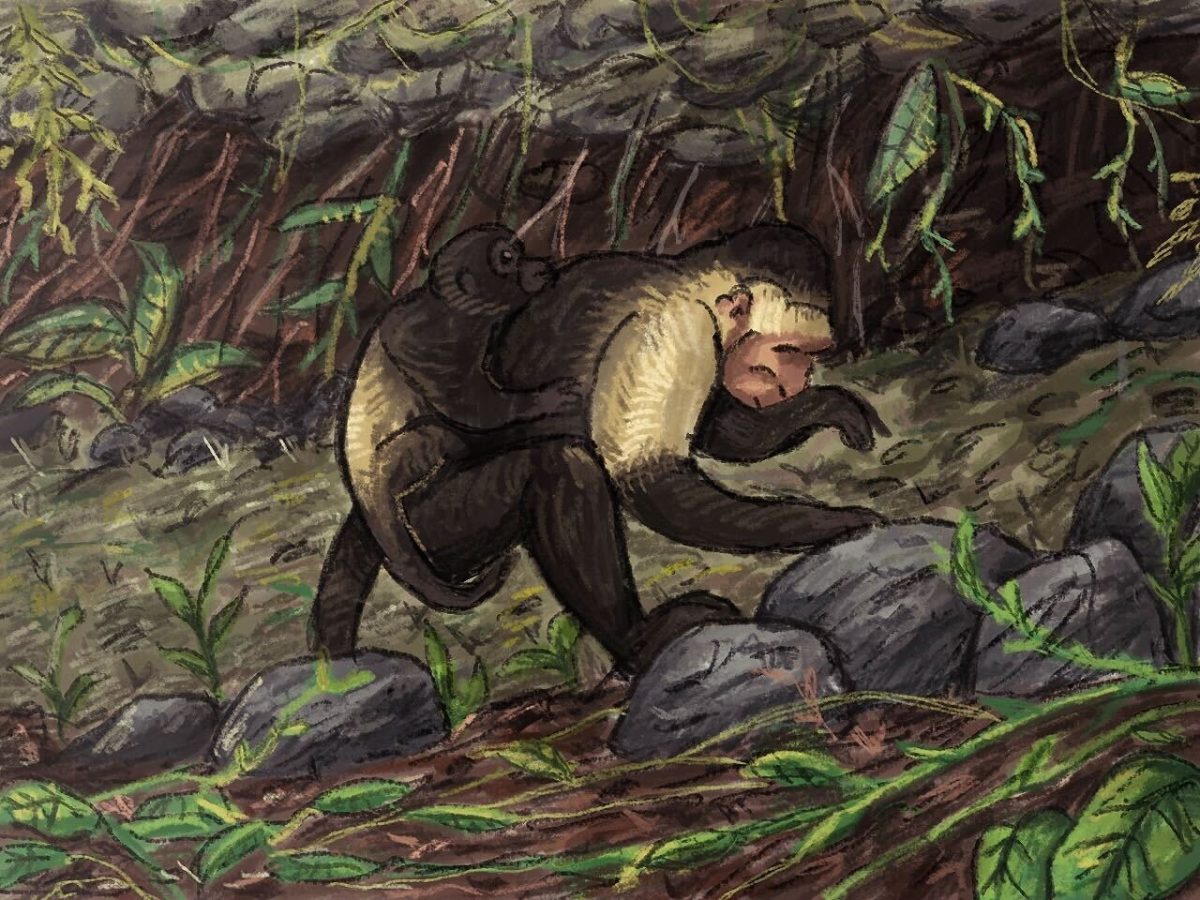
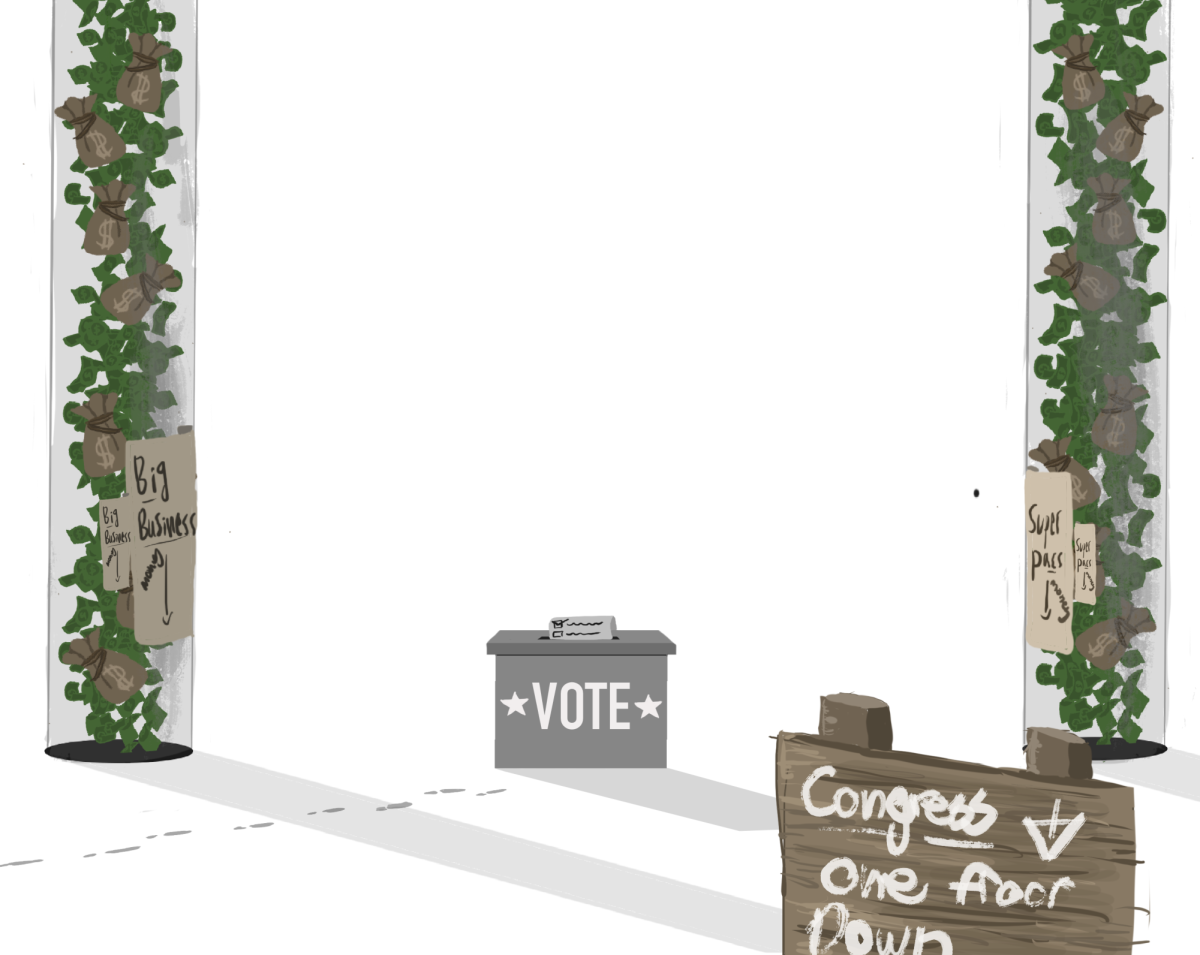
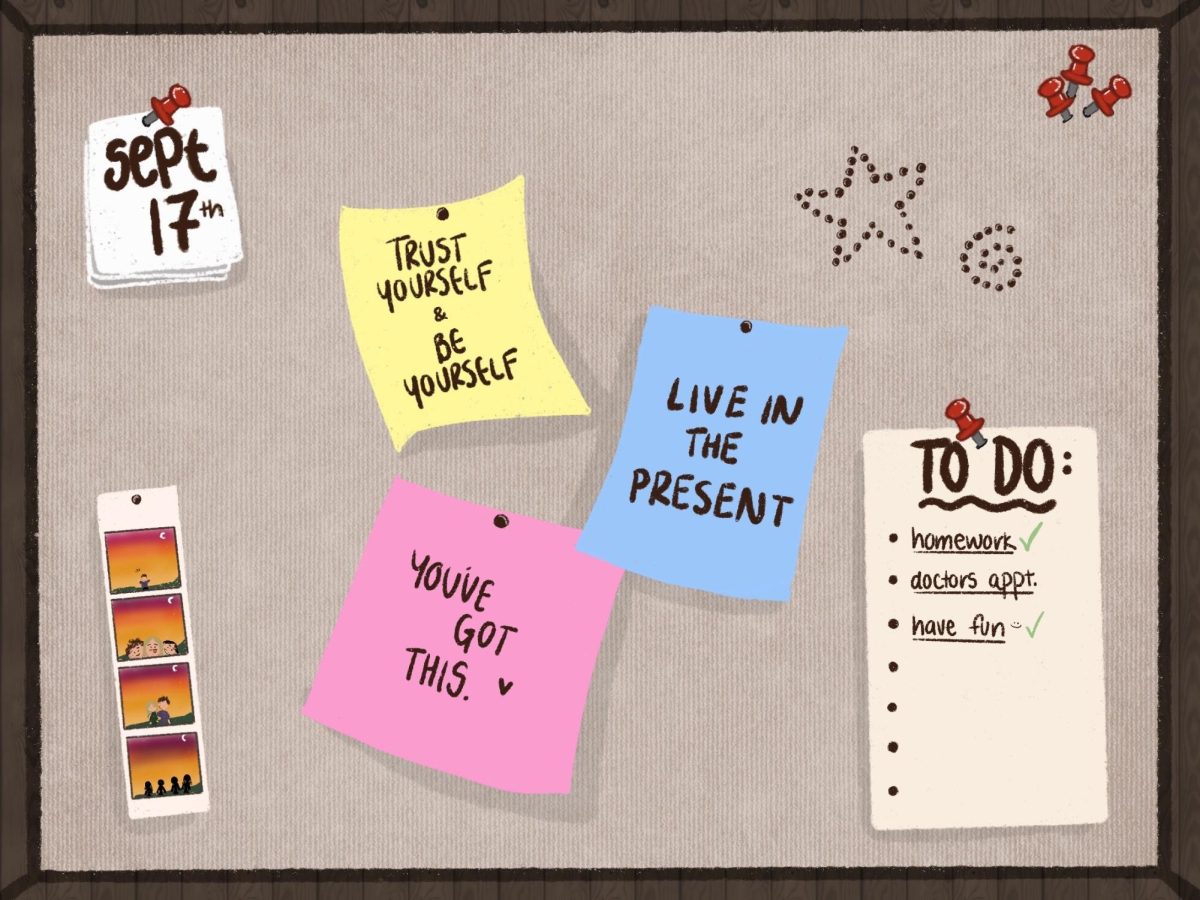
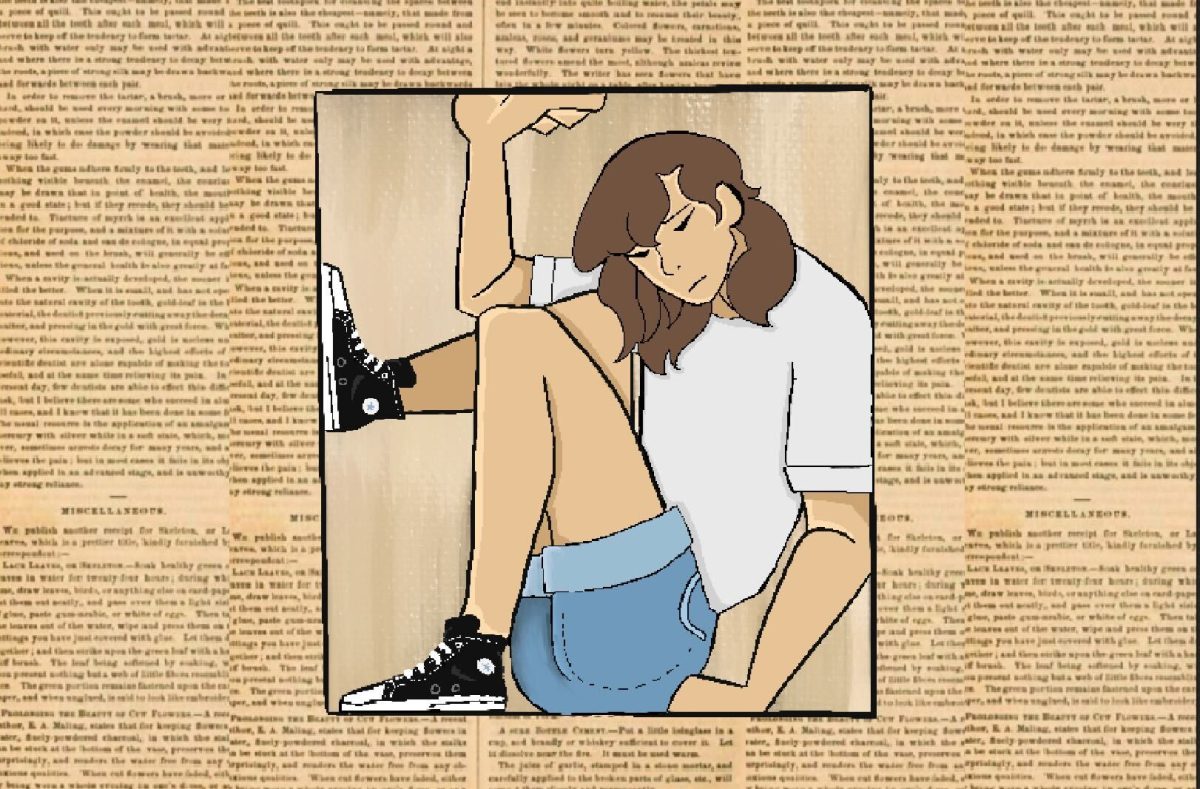



Amanda • Sep 11, 2025 at 11:24 am
This is so insightful and filled with delicious diction; what a beautiful variety of words! Looking forward to more of your writing😎